Certificate Of Origin Samples
-

Manufacturer’s Certificate of Origin
download now -

Vehicle Certificate of Origin
download now -

Certificate of Origin Template
download now -

Certificate of Origin Guideline
download now -

Appication for Certificate of Origin
download now -

Sample Certificate of Origin
download now -

Certification of Origin Guidelines
download now -

Blank Certificate of Origin
download now -

Certificate of Origin and Declartion
download now -

Format of Application for Certificate of Origin
download now -

Basic Certificate of Origin
download now -

Certificate of Origin Form
download now -
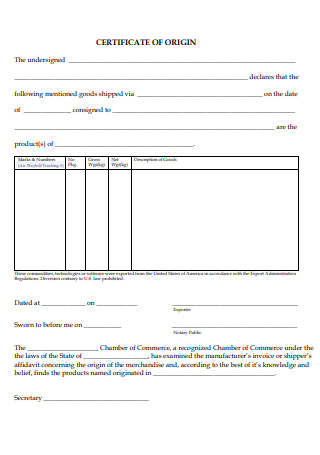
Editable Certificate of Origin
download now -

Certificate Of Origin Format
download now -

Non Preferential Origin of Goods
download now -
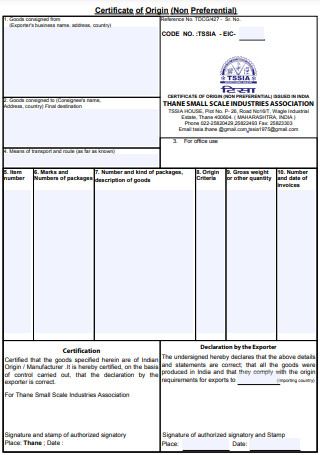
Certificate of Origin Non-Preferential
download now -

General Certificate of Origin
download now -

Formal Certificate of Origin
download now -

Chamber of Commerce Certificate of Origin
download now -

Brief Certificate of Origin
download now -

Online Issuance of Certificate of Origin
download now -
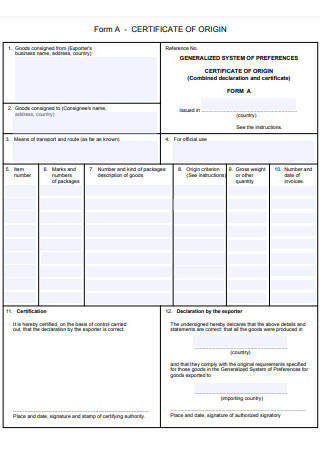
Form A – Certificate of Origin
download now -
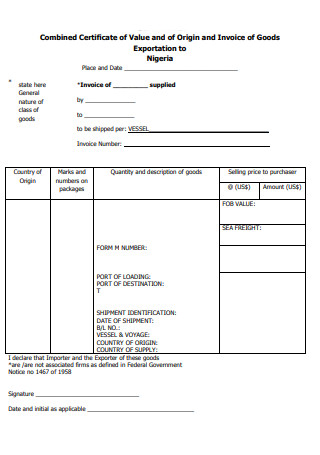
Combined Certificate of Value and of Origin
download now -

AI Certificates of Origin
download now -

Non preferential Certificates of Origin
download now -

Standard Certificates of Origin
download now -

Certificates of Origin Sample
download now -

Editable Certificates of Origin
download now -

Format of Certificates of Origin
download now -

Certificates of Origin Form
download now -
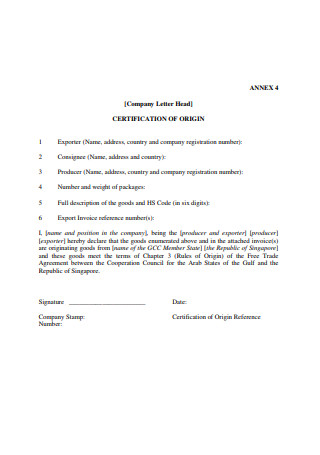
Simple Certification of Origin Template
download now -

Certificates of Origin in PDF
download now -

Certificate of Origin Form Template
download now -

Basic Certification of Origin Sample
download now -

Thailand Certificate of Origin
download now -

Fillable Certification of Origin
download now -

Exporter Certificate Of Origin
download now -

General Certificate Of Origin Sample
download now -

Non-Preferential Certificates of Origin Format
download now -

Printable Certificate of Origin
download now -

Certificate of Origin Form Sample
download now -

Format of Certificate of Origin
download now -
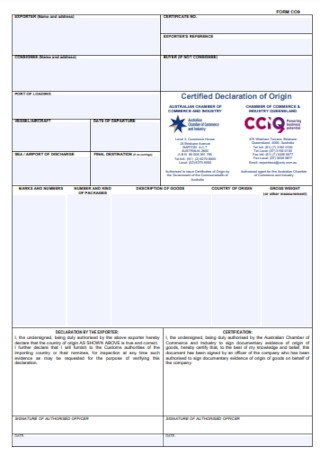
Certified Declaration of Origin
download now -

Certificate of Origin for Export
download now -

Certificate of Origin Policy & Procedure
download now -

Basic Certificate of Origin Sample
download now -

Certificate of Origin Online
download now -

Textile Certificate of Origin
download now -

Certificate of Origin (Form VC)
download now -

Formal Certificate of Origin
download now -

Certificate of Origin
download now
FREE Certificate Of Origin s to Download
Certificate Of Origin Format
Certificate Of Origin Samples
What Is a Certificate of Origin?
Types of Certificate of Origin
How to Create a Certificate of Origin
FAQs
What is a NAFTA Certificate of Origin?
Who Determines Whether a CO Is Required?
Can a Self-Certification Company Issue a Certificate of Origin?
What are the consequences of not having a Certificate of Origin?
What is the difference between Preferential and Non-Preferential COOs?
Are there specific rules for issuing a COO in Free Trade Zones?

Download Certificate of Origin Bundle
Certificate Of Origin Format
1. Exporter:
Name: ____________________________
Address: _________________________
Contact Information: _____________
2. Consignee:
Name: ____________________________
Address: _________________________
Contact Information: _____________
3. Transport Details:
Mode of Transport: _______________
Vessel/Flight Number: ____________
Port of Departure: _______________
Port of Arrival: _________________
4. Country of Origin:
Country: _________________________
5. Invoice Number and Date:
Invoice Number: _________________
Invoice Date: ___________________
6. Description of Goods:
| Item No. | Description of Goods | HS Code | Quantity | Unit Price | Total Price |
|---|---|---|---|---|---|
| 1 | |||||
| 2 |
7. Certification by Chamber of Commerce:
We hereby certify that the goods described above are of ____________________ origin.
Signature: __________________________
Name: ______________________________
Title: _____________________________
Date: _____________________________
Seal/Stamp of Chamber of Commerce
8. Declaration by Exporter:
I, the undersigned, declare that the above details are true and correct to the best of my knowledge.
Signature: __________________________
Name: ______________________________
Date: _____________________________
What Is a Certificate of Origin?
A Certificate of Origin (COO) is an official document used in international trade to confirm that the goods being exported were wholly obtained, produced, manufactured, or processed in a particular country. It is issued by a chamber of commerce or other authorized organization and is often a legal requirement by customs authorities in the importing country. The COO plays a critical role in determining the applicable tariffs, duties, or quotas based on trade agreements or regulations. You can also see more on Project Completion Certificate.
Types of Certificate of Origin

1. Non-Preferential Certificate of Origin
A Non-Preferential COO is issued for goods that do not qualify for preferential treatment under trade agreements. It serves as a formal declaration that the exported goods originate from a particular country, but no special trade benefits apply. Customs authorities typically require this sample certificate to determine the applicable tariffs and ensure compliance with standard regulations. It is commonly used in trade between countries without free trade agreements or in cases where no tariff reductions are applicable.
2. Preferential Certificate of Origin
A Preferential COO certifies that the goods being exported meet the criteria for reduced tariffs or other trade benefits under specific Free Trade Agreements (FTAs). This document is vital for exporters aiming to take advantage of tariff reductions, duty exemptions, or other benefits negotiated between trading countries. The certification ensures that goods comply with the rules of origin outlined in the trade agreement. Examples include trade under agreements like NAFTA/USMCA, ASEAN, or the EU’s GSP program. You can also see more on Certificate of Achievement.
3. Electronic Certificate of Origin (eCOO)
An Electronic COO (eCOO) is a digitally issued and processed certificate designed to streamline international trade operations. It allows exporters to submit and receive their COO online, significantly reducing paperwork and processing time. Customs authorities in many countries accept eCOOs for faster verification and clearance of goods. With advancements in technology, this type of COO is becoming increasingly popular due to its efficiency and cost-effectiveness.
4. Specific Country Certificate of Origin
A Specific Country COO is tailored to meet the unique requirements of a particular country or trade zone. These COOs are often issued under bilateral or multilateral trade agreements that impose specific documentation standards. They may include additional information, such as production details or special endorsements, depending on the importing country’s laws. For instance, China and certain Middle Eastern countries often have specific COO formats that exporters must adhere to. You can also see more on Certificate Of Employment.
How to Create a Certificate of Origin

Step 1: Identify the Correct Type
Determine whether your goods require a Preferential or Non-Preferential COO based on the destination country’s trade agreement or legal requirements.
Step 2: Gather Necessary Documentation
Prepare documents such as the commercial invoice, packing list, bill of lading, and any production records that prove the goods’ origin. You can also see more on Birth Certificate.
Step 3: Apply to the Authorized Body
Contact the relevant issuing authority, such as your local chamber of commerce, and submit the required documents. Some countries also allow electronic submissions.
Step 4: Verification Process
The issuing body verifies the submitted documents and may request additional evidence, such as supplier declarations, to validate the origin of the goods.
Step 5: Receive the Certificate
Once approved, the authority issues the COO, either as a physical copy or electronically. Ensure the document is signed, stamped, and sent to the importer or presented to customs. You can also see more on Certificate of Incumbency.
FAQs
What is a NAFTA Certificate of Origin?
This Certificate of Origin is a form used by US Customs and Border Protection. It is a product of the North American Free Trade Agreement and is exclusively used between Canada, Mexico, and the US.
Who Determines Whether a CO Is Required?
Either the importing country’s customs authority or a financial institution. When importing into a foreign country, the exporter and/or their freight forwarder or customs house broker will know if a CO is required. To comply with a letter of credit, ask your banker if a CO is required.
Can a Self-Certification Company Issue a Certificate of Origin?
In the case of self-certification, the exporter or manufacturer will be able to assess if their product complies with the relevant origin criteria. It can then issue an origin certificate in a prescribed format.
What are the consequences of not having a Certificate of Origin?
Without a COO, shipments may face delays, higher tariffs, or rejection by customs authorities, leading to financial losses for exporters and importers. You can also see more on Certificate Of Origin.
What is the difference between Preferential and Non-Preferential COOs?
Preferential COOs certify goods meet criteria for reduced tariffs under trade agreements, while Non-Preferential COOs are for general customs purposes without preferential treatment.
Are there specific rules for issuing a COO in Free Trade Zones?
Yes, goods from Free Trade Zones often require additional documentation to confirm compliance with origin rules, as specified by the importing country. You can also see more on Certificate of Conformance.
